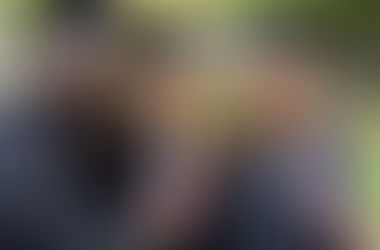A Crash Course on Mobile, Web and Desktop App Graphics Design – Everything You Need to Know in One R
- Noriel Panganiban

- Jun 17, 2015
- 3 min read

Let me begin this short course with this famous graphic design quote.
“There are three responses to a piece of design – yes, no, and WOW! Wow is the one to aim for.” - Milton Glaser
A little bit of background:
From an app developer’s perspective, graphic design refers to how the background, icons, artworks, screens, buttons, toolbars, skins, and animations will appear lively on the app.
For desktop publishers, photographers and graphic illustrators, graphic design is more on producing best quality images, prints, vectors, photos, logos, infographics and web elements as they should appear on web or mobile browsers, magazines, and other print media.
For gamers, graphic design is a gaming jargon that pertains to video resolution, aliasing, filtering, bump mapping, frame rate, vertical sync, and artifact.
In this course, I will try to cover all those perspectives by providing the basic tools, techniques and references that will help a graphic designer master his craft in graphic design.
Let’s proceed to the main topic.
When designing mobile, web and desktop apps, there are three types of graphics that a designer has to consider. These are the main graphics, the screens and the icons.
Main Graphics
The main graphics are the core components of the user interface (UI) and it usually includes the background, web or data pages and artworks. Here are the important points to consider during the design process.
Background
When creating background, you have to ensure that it is functional, or one that should conform to the requirements of the end users. Background can be in the form of photo, image or vector.
Excellent sources of these materials are sites like Stock Free Images, Pixel Perfect Digital, morgueFile, Getty Images and VectorStock.
For editing purposes, the well-trusted software programs are Adobe Photoshop Elements 13, Google Picasa 3, Corel Paintshop Pro X7 and CyberLink PhotoDirector 5.
Data and Web Pages
When designing data and web pages, you have to be specific with the color, size and proper placement so that their contents can best serve the users.
Popular web design software tools are Google Web Designer, Microsoft FrontPage, Adobe Dreamweaver, Web Studio and Digital Trends.
Artworks
The artworks are the characters or main objects in your app and it is important that they reflect the color, mood and style of the user experience you’re trying to create. They can be designed as 2D or 3D object.
Topping the list of best artwork designer tools today are Google SketchUp, NIH Image, Scratch and DAZ Studio.
Screens
The screen is where the main graphics and icons should come into play. The screen can be a menu screen, splash screen, settings screen or the main screen. Consistency in style, design and overall aesthetic of the screens will make your app become more attractive and user-friendly.
Web layout or mockup tools are perfect for designing screens of any type. Some of the best known tools used by most app designers for design mockups are Mockup Builder, HotGloo, Invision, Proto.io and inPresso Screens.
Icons, Buttons, and Toolbars
App icons, buttons, and toolbars should build an emotional connection with the users. They must be unique, engaging and beautiful.
Most web and app builder tools are equipped with library of icons, buttons and toolbars. However, most graphic designers prefer to create their own stuffs by using editing software.
Such software tools are IconWorkshop, Iron Craft, AWicons, IconCool Studio and IcoFX 1.6.
Desktop Graphics
Most graphic designers prefer to work on a dedicated workstation that is equipped with software and hardware components which can help them in the design process. Most of the software tools I am referring to are already mentioned above.
The main hardware component necessary in graphic design is the desktop graphic card.
Every graphic designer who’s aiming for quality and perfection in their design output needs a computer with powerful graphics capabilities. Needless to mention in this course the technical specification of a desktop graphic card, the most preferred models by both designers and PC gamers are Nvidia GeForce GTX 980, Nvidia GeForce GTX 970 and AMD Radeon R9 290X.
Hope that you’ve learned something in this short course. Best of luck to your graphic designing career.
































Comments